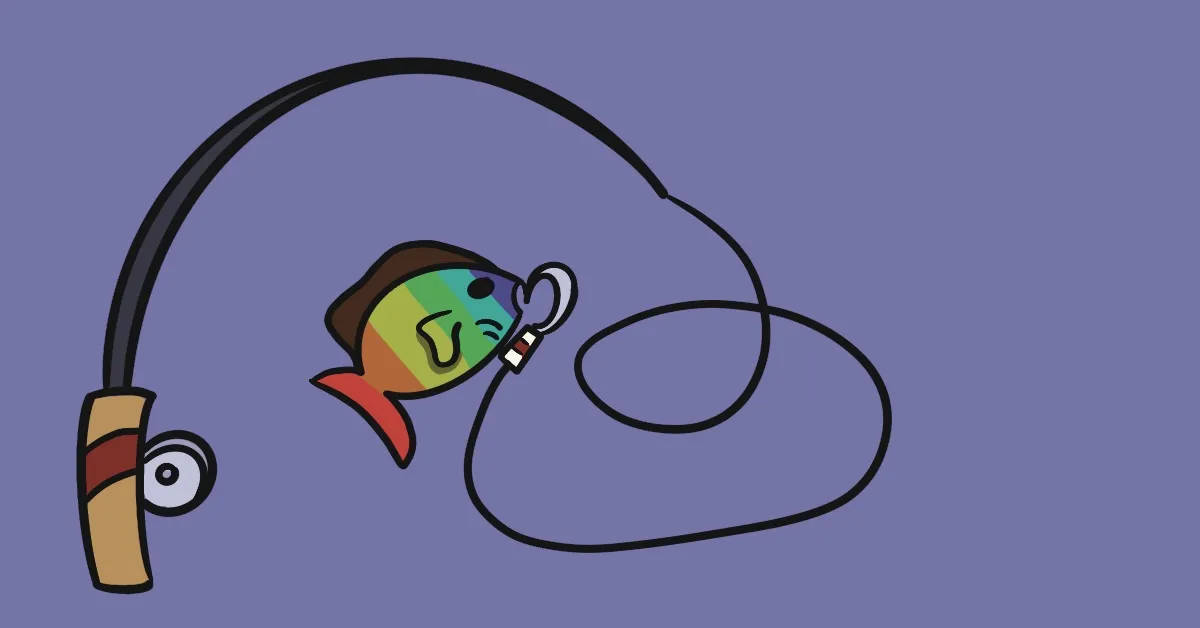The good, the bad, and the ugly of queer representation in media
Queer communities have been misrepresented for years, and some films and TV shows are changing the discourse.
Representation is of particular importance to the queer community, especially considering Hollywood’s history of censoring its depiction. During the 1960s, for instance, stipulations of the Motion Picture Production Code forbade “any inference of sexual perversion,” which is really just a coded way of saying any inference of “homosexuality.” This legacy still stands and flourishes to date through the disguised form of queerbaiting and its close relative, the “bury your gays” trope.
What is queerbaiting?
Queerbaiting refers to instances in which art producers hint at queerness but never actually depict queerness. LGBTQ2A+ characters are reduced to the level of subtext or even relegated to heterosexual identities despite previous queer coding (looking at you, Supernatural).
What is the “bury your gays” trope?
Should queer identity be acknowledged beyond subtext, the “bury your gays” trope eradicates this acknowledgement by erasing characters from the narrative entirely (a prime example being the death of Lexa, a lesbian character in the CW series The 100).
Both queerbaiting and the bury your gays trope falsely promise queer representation before pulling the rug out from under audiences at the last second. In essence, the producer can profit off of queer consumers who yearn for representation without actually fulfilling representation. This bait-and-switch tactic not only eschews explicit visibility but also invalidates queerness through this implication that it isn’t worthy of fulfillment—that queer identity doesn’t matter.
As such, deeper and more genuine representations of queerness are essential, both in active and casual representation. Here are just a few instances of positive representation in media (with no queerbaiting or burying of your gays):
Owl House: This children’s show—which is noteworthy here, considering how important representation in children’s media is, not just to validate queer kids, but to teach the future generation of different identities and promote inclusivity—is a prime example of queer people just existing peacefully together as they should be. The main character, Luz, and her girlfriend, Amity, are in a positive, healthy relationship not used as stakes for the show, and better yet, audiences get to watch their dynamic unfold over time, which is not a common affordance of sapphic love stories in media. Beyond the main cast, there are plenty of other queer audiences, and most significantly, there is no homophobia in the show. While showcasing unfortunate realities of existence is also important, this show allows for comfort and a source of escapism, which in itself is vital in a world where queerness continues to be punished.
Our Flag Means Death: This pirate adventure show is a queer comedy, made for queer people by queer people. Unlike shows that pull back on queer relationships at the last second after seasons of romantic tension, the slow-burn romances in the show come to glorious fruition. The show features a queer-coded villain, but it subverts the tired-old trope where the implied queerness highlights how “evil” they are. Instead, the villain basically personifies internalized homophobia—instead of queerness being threatening, it’s the repression that makes them dangerous.
Bob’s Burgers: The show features canonically gay, lesbian, and transgender characters. An entire two-part Christmas episode occurs in a gay nightclub that ends with a fabulous performance by Miss Triple X-Mas, a drag queen. The Belcher family continues to interact with adored queer characters, yet jokes in the show are never made at the expense of these characters.
Honourable Additions
Shiva Baby: A comedy featuring a bisexual protagonist (and their bisexuality is actually represented instead of just being alluded to or merely referenced).
Bottoms: A satirical comedy featuring lesbian protagonists. The queerness is terrifically normalized, such that the struggles the protagonists face are not at all contingent on being queer.
Heartstopper: A coming-of-age rom-com featuring a gay protagonist who falls in love with a male classmate.
Throughout history, art and politics have had an intrinsic link. How art is often perceived relates to how gender identities or sexual orientations are perceived in society. As such, representation in art can vitally affirm identity and celebrate societal heterogeneity. The political dimensions of representation entail a need for positive fictional depictions of any form of identity, particularly marginalized identities.

